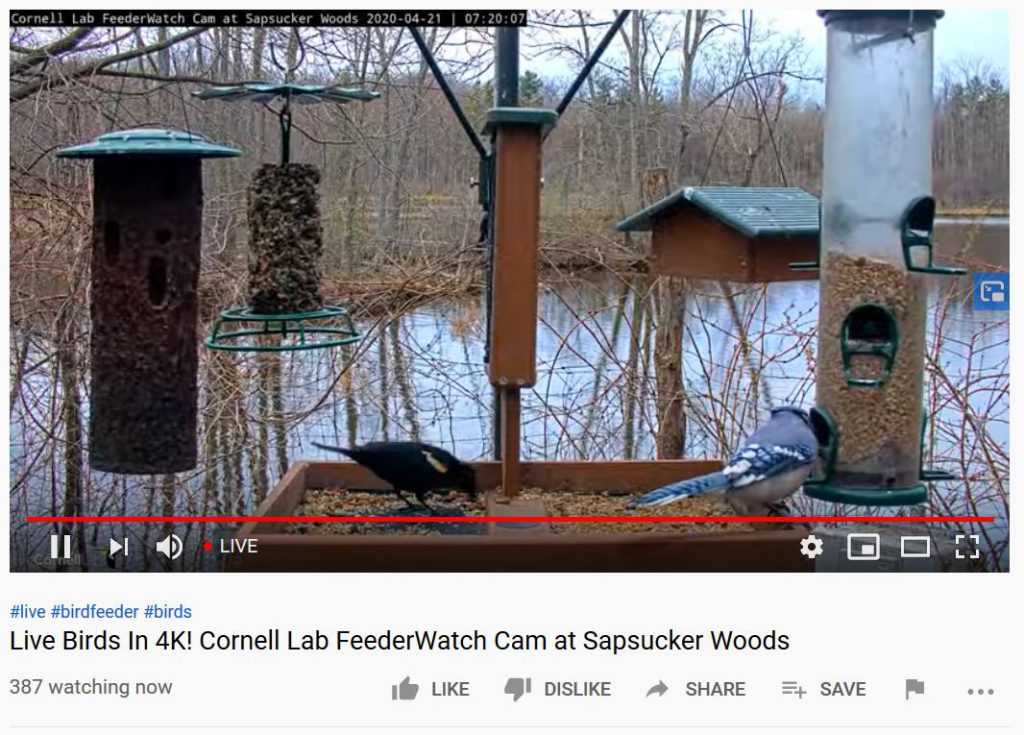Right now, in our very own backyards, an amazing annual event is taking place. Birds are currently traveling from their winter residences all the way to their summer homes! This is called migration.
Your challenge today is to find as many different species of birds as possible and to figure out how they got here!
As it is currently the height of migration season, we have an incredibly diverse population here with us. Some birds might be full-time residents, but others are just passing through. Take a look outside and see what you can find!
Once you’ve found a bird, go to Cornell’s All About Birds site to be guided through identifying it.
It may take patience to see birds outside your home. If you can’t get a good look at a bird at home, try these livestreamed bird feeders:
- This live footage of a bird feeder in Ithaca, NY has similar birds as Ohio.
- This one in Fort Davis, TX is farther away. Do you see any birds that are the same as here? Any birds that don’t live here?

What to look for:
When trying to identify birds, there are a few characteristics that can be incredibly helpful: